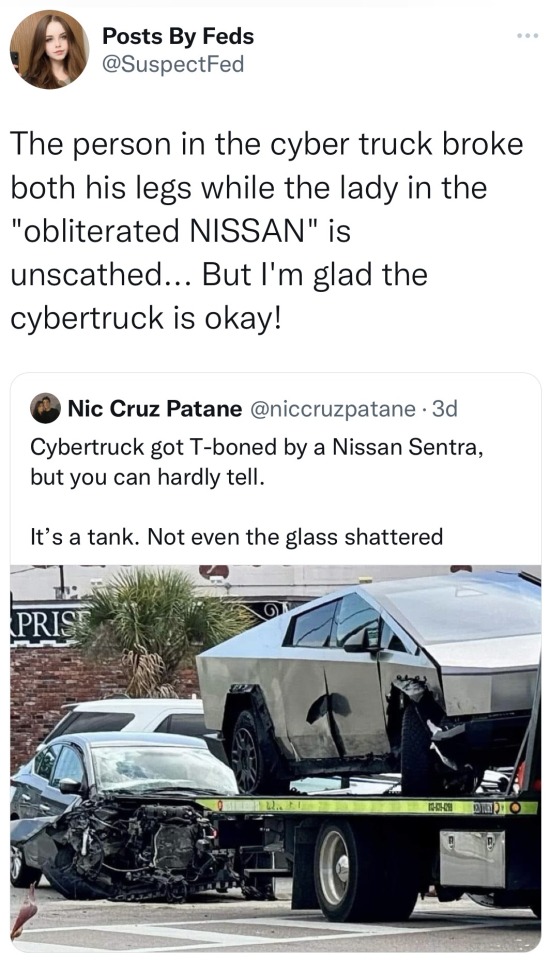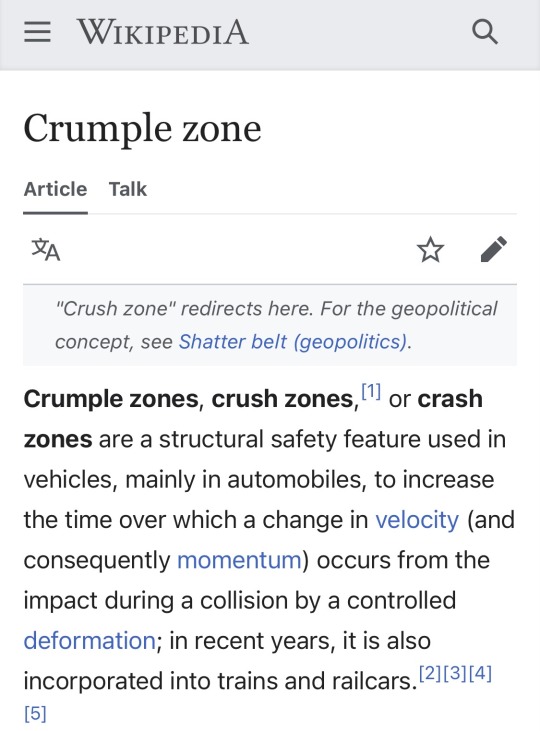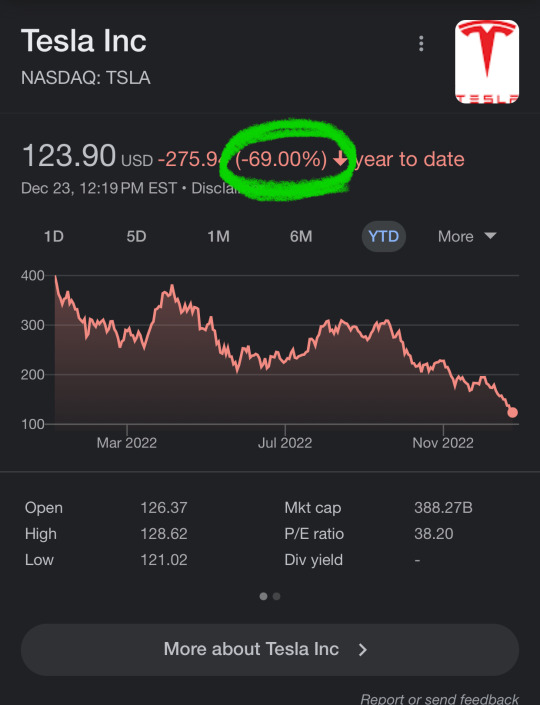#Tesla car
Text

sorrysomethingwentwrong.tumblr.com !
#art#surreal#photography#funnyshit#funny pictures#funny shit#funny pics#tesla#fire#ai artwork#ai art#cybertruck#tesla cybertruck#tesla car
8 notes
·
View notes
Text
Matte black Tesla Cybertruck ⚡

3 notes
·
View notes
Text
#tiktok#elon musk#tesla cybertruck#tesla cars#tesla#cybertruck#cyber truck#whistlen diesel#whistlendiesel#car#truck
43K notes
·
View notes
Text



82K notes
·
View notes
Text
Tesla Brake System Troubles: Essential Repairs and Maintenance for Long-Term Reliability

Tesla vehicles are renowned for their advanced technology, impressive acceleration, and regenerative braking system that sets them apart from traditional gasoline-powered cars. However, like any vehicle, Tesla's brake system can experience issues over time, especially given the unique demands placed on it by electric vehicle (EV) technology. Proper maintenance and timely repairs are essential to ensure the long-term reliability and safety of your Tesla’s braking system.
Understanding Tesla's Unique Brake System
Tesla's braking system is a combination of traditional hydraulic brakes and regenerative braking, which converts kinetic energy back into stored energy in the battery when you lift off the accelerator. This regenerative braking reduces wear on the brake pads and discs, as the system does much of the work of slowing the car. However, this can also mean that the brakes may require less frequent use, potentially leading to issues like rust or corrosion due to inactivity.
Common Tesla Brake Problems
While Tesla’s brake system is designed to be highly efficient, several issues can still arise, requiring attention and professional repair.
Brake Pad Wear: Although regenerative braking reduces the frequency with which the hydraulic brakes are used, brake pads can still wear out over time. Worn brake pads can lead to reduced braking efficiency and longer stopping distances, posing a safety risk. Additionally, worn pads can damage the brake discs, leading to more expensive repairs.
Corrosion and Rust: Due to the reduced use of hydraulic brakes in a Tesla, brake components like rotors and calipers can be more susceptible to rust and corrosion. This is particularly true in climates with high humidity or where road salt is used during winter. Corroded brake components can lead to uneven braking and increased wear on other parts of the brake system.
Brake Fluid Issues: Tesla’s braking system still relies on hydraulic fluid to operate the brakes. Over time, brake fluid can absorb moisture from the air, reducing its effectiveness and potentially leading to a spongy brake pedal feel. Regular brake fluid checks and replacements are crucial to maintaining optimal brake performance.
Regenerative Braking Malfunctions: While not a direct issue with the hydraulic braking system, problems with regenerative braking can affect overall braking performance. If the regenerative braking system malfunctions, it can lead to increased reliance on the hydraulic brakes, which may not be in optimal condition due to underuse.
Essential Maintenance for Tesla Brakes
To ensure the long-term reliability of your Tesla’s braking system, regular maintenance is key. Here are some essential maintenance tips:
Regular Brake Inspections: Even though Tesla’s brakes might not wear as quickly as those in traditional vehicles, regular inspections are still necessary. A professional technician can check the condition of the brake pads, discs, and calipers, as well as look for signs of rust or corrosion. Regular inspections can help catch potential issues before they become serious problems.
Brake Fluid Replacement: Tesla recommends replacing the brake fluid every two years to ensure that the hydraulic system remains effective. Old brake fluid can contain moisture, which lowers the boiling point of the fluid and can lead to reduced braking performance. Regular fluid replacement helps maintain the safety and reliability of the braking system.
Driving Habits and Brake Usage: While regenerative braking is beneficial, it's important to occasionally use the hydraulic brakes to keep the system in good working order. Applying the brakes firmly every so often can help clean off any surface rust on the rotors and ensure that the calipers and pads remain in good condition.
Regenerative Braking Settings: Tesla allows drivers to adjust the strength of regenerative braking through the vehicle's settings. By experimenting with different levels, you can find a balance that works best for your driving style and helps maintain the overall brake system. If you notice any irregularities in regenerative braking, it’s important to have it checked by a professional.
Expert Repair Solutions for Tesla Brake Troubles
When issues arise, it's crucial to seek professional repairs to ensure your Tesla’s brake system is restored to optimal condition. Here are some common repair solutions:
Brake Pad and Rotor Replacement: If your Tesla's brake pads are worn or the rotors are damaged, replacement is necessary. While the process is similar to that of traditional vehicles, it’s important to use high-quality, Tesla-compatible parts to ensure the best performance and longevity.
Addressing Rust and Corrosion: For Teslas in regions prone to rust, addressing corrosion on the brake components is essential. This may involve cleaning or replacing rusted parts, particularly the brake rotors and calipers, to ensure smooth and even braking.
Brake Fluid Flush: A brake fluid flush involves completely replacing the old fluid with new, clean fluid. This is a relatively simple process that can greatly improve brake pedal feel and overall braking performance.
Regenerative Braking System Repairs: If you experience issues with the regenerative braking system, a qualified technician can diagnose and repair the problem, ensuring that the system functions correctly and works in harmony with the hydraulic brakes.
Conclusion
Maintaining and repairing the brake system in your Tesla is essential for long-term reliability and safety. Although Tesla's unique regenerative braking system reduces wear on traditional brake components, it also introduces specific challenges that require regular attention. By staying on top of brake maintenance and seeking expert repairs when needed, you can ensure that your Tesla continues to deliver the exceptional performance and safety you've come to expect.
Whether it’s addressing wear and tear, combating rust, or ensuring your brake fluid is in top condition, taking a proactive approach to brake maintenance will keep your Tesla’s braking system in peak condition, providing you with peace of mind on every drive.
#tesla car#tesla brake service#tesla service center#tesla car maintenance#tesla car mechanic#tesla car services
0 notes
Text
May 10, 2024 - Hundreds of radical environmentalists and anticapitalists have broken through police lines and fences and stormed the terrain of the Tesla Gigafactory Berlin-Brandenburg.
They are attempting to stop the planned expansion of the factory, which would mean the destruction of surrounding forest and farmland. The factory also uses immense amounts of water, and all to sell shitty electric cars to give people the idea that personal consumption choices can save the environment from destruction, and make fascist Elon Musk even richer than he already is.
The actions in the past days have forced Tesla to temporarily shut down production at the factory. [video]
#environmentalism#anticapitalism#black bloc#direct action#love#romance#germany#tesla#elon musk#factory#2024#video#development#berlin#brandenburg#water rights#water protectors#electric cars#forest protectors#gigafactory berlin-brandenburg
10K notes
·
View notes
Text

MK JUMPSCARE
#polls#fluffy poll#which car brand is your enemy?#edit: MWHAHAHAHAHAHAHAHA#GET FUCKED#OP SAYS FUCK YOUR TESLAS 🖕🖕🖕🖕🖕#edit 2.0: MK is a character in a Lego show and his name stands for Main Karacter
18K notes
·
View notes
Text
Why you also should purchase Tesla?
Why you also should purchase Tesla?
Photo by Roberto Nickson on Pexels.com
Tesla is a leading electric vehicle (EV) manufacturer that offers several compelling reasons for people to consider purchasing their vehicles. Here are a few reasons why you should consider purchasing a Tesla:
1. Sustainability: Tesla’s focus on sustainable transportation aims to reduce the carbon footprint and combat climate change. Opting for an electric…

View On WordPress
0 notes
Text
Have y’all heard that Tesla is removing turn signal stalks and gear selectors from their cars as a “feature.”
They did it with the Model S and X earlier this year, and they’re about to refresh the Model 3 to do the same. Since the Model 3 and Y share about 75% of the same parts, it’s safe to assume it’ll get the same treatment very soon, too. Meaning, 100% of Tesla’s lineup is about to have zero stalks on the steering column.
You activate turn signals via CAPACITIVE touch buttons on the steering wheel, and you don’t shift the car at all. The car decides what direction it thinks you want to go, using AI. You can override it’s “thinking” on the touch screen.
Headlights and windshield wipers are also screen-only now.
10K notes
·
View notes
Link
Tesla has introduced its four car models globally: Model S, Model 3, Model X, and Model Y. However, you will only be able to find three of these models in Nepal (Model 3, Model X, and Model Y).
0 notes
Text
I ran over Elon Musk with a Tesla, then backed up over him so I could apologize.
1K notes
·
View notes
Text
#tiktok#whistlendiesel#whistlen diesel#tesla cybertruck#tesla cars#tesla inc#tesla#elon musk#cybertruck#cyber truck#car#truck
44K notes
·
View notes
Text

I am pleased to inform my beloved followers that Tesla is down 69% this year as of today
#i queued this so it may be slightly more or less by the time i return. but still.#tesla#elon musk explode in one of your cars xoxo
9K notes
·
View notes
Text
Tesla has made Autopilot a standard feature in its cars, and more recently, rolled out a more ambitious “Full Self-Driving” (FSD) systems to hundreds of thousands of its vehicles.
Now we learn from an analysis of National Highway Traffic Safety Administration (NHTSA) data conducted by The Washington Post that those systems, particularly FSD, are associated with dramatically more crashes than previously thought. Thanks to a 2021 regulation, automakers must disclose data about crashes involving self-driving or driver assistance technology. Since that time, Tesla has racked up at least 736 such crashes, causing 17 fatalities.
This technology never should have been allowed on the road, and regulators should be taking a much harder look at driver assistance features in general, requiring manufacturers to prove that they actually improve safety, rather than trusting the word of a duplicitous oligarch.
The primary defense of FSD is the tech utopian assumption that whatever its problems, it cannot possibly be worse than human drivers. Tesla has claimed that the FSD crash rate is one-fifth that of human drivers, and Musk has argued that it’s therefore morally obligatory to use it: “At the point of which you believe that adding autonomy reduces injury and death, I think you have a moral obligation to deploy it even though you’re going to get sued and blamed by a lot of people.”
Yet if Musk’s own data about the usage of FSD are at all accurate, this cannot possibly be true. Back in April, he claimed that there have been 150 million miles driven with FSD on an investor call, a reasonable figure given that would be just 375 miles for each of the 400,000 cars with the technology. Assuming that all these crashes involved FSD—a plausible guess given that FSD has been dramatically expanded over the last year, and two-thirds of the crashes in the data have happened during that time—that implies a fatal accident rate of 11.3 deaths per 100 million miles traveled. The overall fatal accident rate for auto travel, according to NHTSA, was 1.35 deaths per 100 million miles traveled in 2022.
In other words, Tesla’s FSD system is likely on the order of ten times more dangerous at driving than humans.
3K notes
·
View notes
Text

Kermit Green Cybertruck
436 notes
·
View notes
